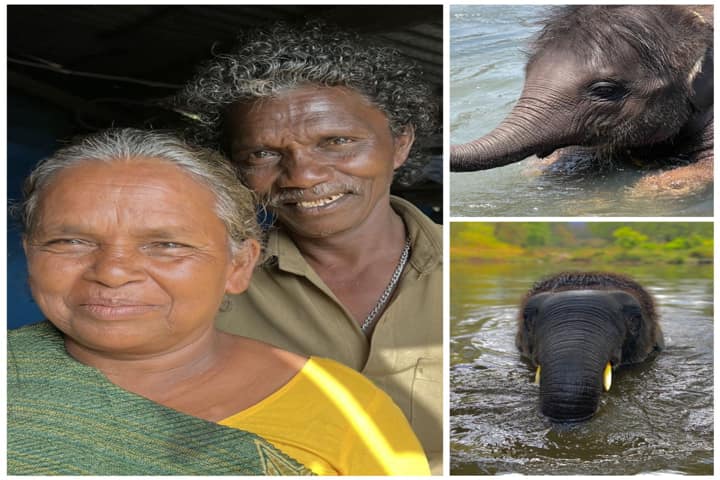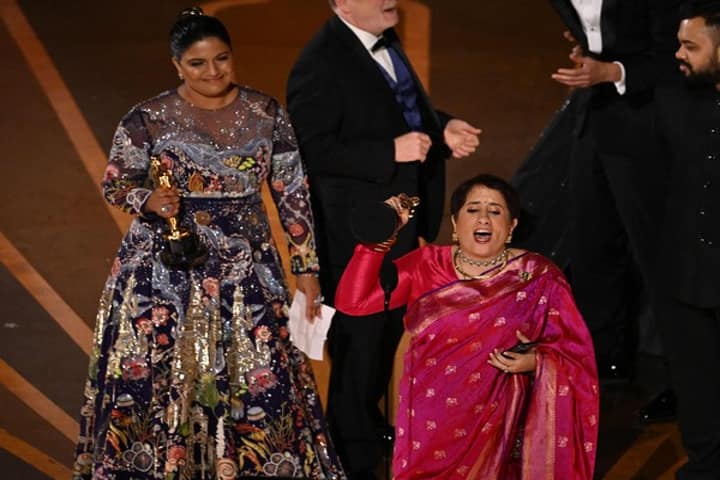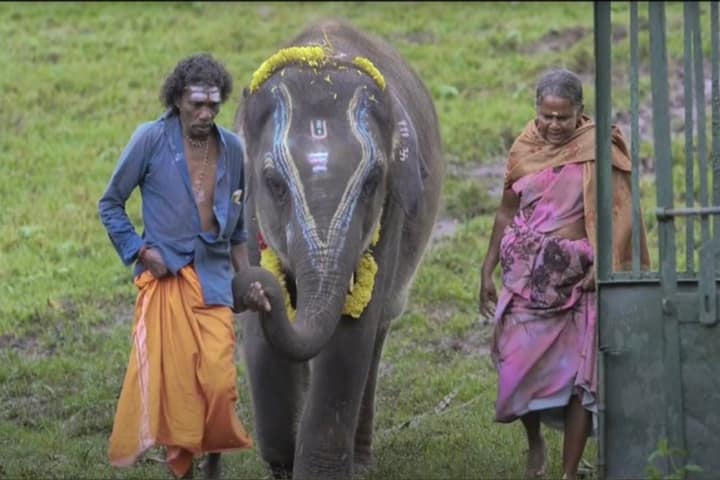Despite the growing alienation of a majority of human beings, also called social animals, from other species, there is something unique and touching about the rare bond that develops between the two groups. That is exactly the core of the documentary film “Elephant Whisperers” directed by Kartiki Gonsalves, which won the Oscar in the Best Documentary Short Film category.
Based on a true story, the film highlights this relationship that takes place in Tamil Nadu’s Mudumalai National Park and which interestingly is not one between a qualified zoologist or trained wildlife expert and animals but one that links a couple – Bomman and Bellie — belonging to Kattunayakan, a Scheduled Tribe, residing in Tamil Nadu, Karnataka, Kerala and Andhra Pradesh and two elephant calves.
If you want to reclaim your belief in the goodness of life, watch #ElephantWhisperer on @netflix
Now shortlisted for 2023 Oscar award in the ‘Documentary Short Film’ category #KartikiGonzalves takes an elephantine stride in the field of cinema pic.twitter.com/dBY9djFrrw— Debobroto Banerjee (@debobanerjee) January 28, 2023
The film shows the couple taking care of an orphan and abandoned elephant calf named Raghu, whose mother died due to electrocution. Unable to gain acceptance in the herd, Raghu is left to fend on his own and becomes grievously injured after being attacked by other animals.
The Forest Department officials, having given up all hope, handed over Raghu to the couple as a last resort. Hailing from Kattunayakan (meaning king of the jungle) community, the two patiently and lovingly bring up and nurture Raghu as their own, turning him into a healthy juvenile. This tribe takes pride that its people have been associated with taking care of elephants for generations.

The narrative also includes another abandoned calf, Ammu. When Raghu on attaining adolescence is moved to another caregiver, the couple are distraught. Here Ammu steps in to console the two. She wipes away Bellie’s tears while in another scene she draws Bomman closer to herself. Touching scenes indeed!
It is the positive message of coexistence between humans-animals that shines as a beacon in the film especially in the midst of several narratives about their conflict. In a report in npr.org she talked about and said: “I wanted the audience to stop seeing animals as the ‘other’ and start seeing them as one of us. The Elephant Whisperers helps people understand more about the elephants and their human caretakers, how they love and understand each other, how they’ve learnt to adapt and co-exist….I wanted The Elephant Whisperers to reflect that selfless cooperation, to be that beam of hope.”
Congratulations To The Team Of #ElephantWhisperers On Winning The #Oscar For Best Documentary Short Film ❤️👏pic.twitter.com/ZmumjpeAZS
— Dr Khushboo 🇮🇳 (@khushbookadri) March 13, 2023
While the film stresses on the dire need of making indigenous and local population an integral part and parcel of conservation efforts and programmes as they have an age-old connect, it importantly showcases how deeply embedded the concept of peaceful coexistence between human beings and animals is in Indian culture and tradition.
The poignant 40-minute duration film is the result of filming more than 450 hours of raw footage over a period of five years.





















